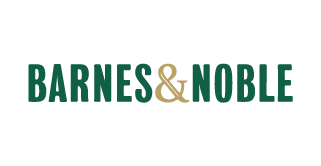
“Take the time to see.”
“To design is to create order and to function according to a plan.”
In Lettuce Get in Trouble, Sara Little helps children understand the basics of design: observing the world around them, asking questions, and making a plan that will help them create new things.
AVAILABLE AT
“Design can make life easier and sharpen our awareness.”
— Sara Little
“Take the time to see.”
“Design can make life easier and sharpen our awareness.”
“To design is to create order and to function according to a plan.”
— Sara Little
In Lettuce Get in Trouble, Sara Little helps children understand the basics of design: observing the world around them, asking questions, and making a plan that will help them create new things.
AVAILABLE AT
Why?
Meet Sara Little, a trouble maker of the best sort, she asks great questions starting with Why? Sara looks at the world a little differently than other adults—by doing so, interesting problems and the need for design solutions come her way. One day, the Ministry of Food asks Sara Little to convince the children to eat more vegetables. Instead of offering a stern lecture, Sara brings her young friends to her Little Lab in New York City to explore the colors and shapes of food and why we eat anything at all. Together, they plan a grand event, inviting children from around the world to design tasty new creations.
The Real Little Sara
Sara Little (1917-2015) was a designer, teacher, and an observer not afraid to cause a little trouble while making the world a better place. As a global traveler, she made connections between people and found wonder in the everyday objects they hold dear. As a very petite female designer in the world of large men, Sara used her unique perspective and curiosity to design a wide range of revolutionary products—from medical masks (leading to the N95) to cookware to astronaut’s spacesuits—and encourages others to see the world through new eyes.
Author
Linda Kuo designs products for children and loves creative storytelling. She has a BFA from Parsons School of Design in New York and an MFA from Stanford University, where Sara Little Turnbull mentored her. Sara often said Design is to create order. Linda practices Sara’s teaching in all her projects as the Design Director at Pottery Barn Kids&Teen, headquartered in San Francisco, and serves as a board member of the Center for Design.
Illustrator
Mariana Rio is an award-winning illustrator and educator in Porto, Portugal. She graduated in Communication Design from the Faculty of Fine Arts, University of Porto. Mariana is happy to spend her days creating characters and visual narratives for publishing houses and institutions worldwide. Her illustrations have been featured in the Bologna Children’s Book Fair exhibitions. Mariana is always eager to learn, and she found Sara Little’s legacy a huge inspiration. Find more at www.marianario.com
The Center for Design Institute is a 501(c)3 non-profit whose founder Sara Little [Turnbull] established the Center with the purpose of educating and enhancing the public’s knowledge in design and furthering the education of underserved women & girls. The Center’s proceeds from this book support that mission.












